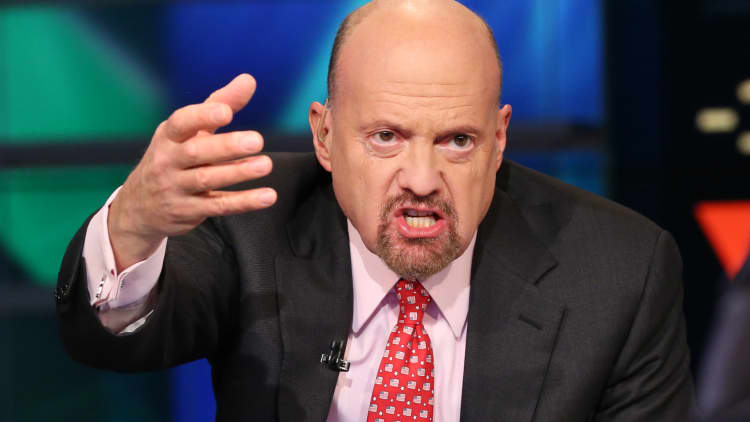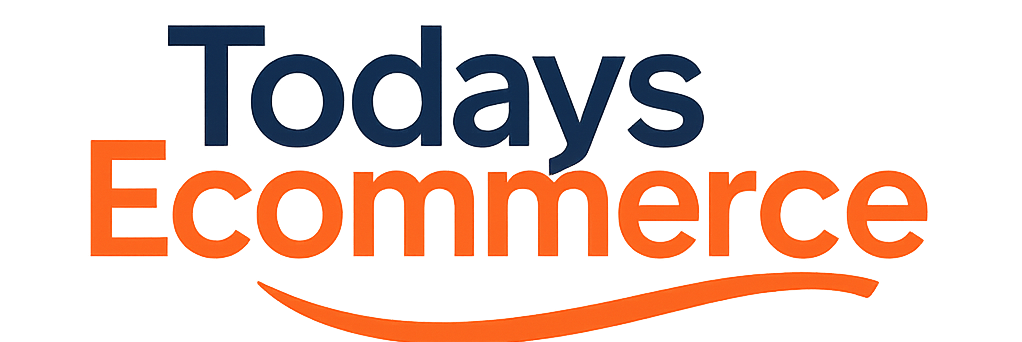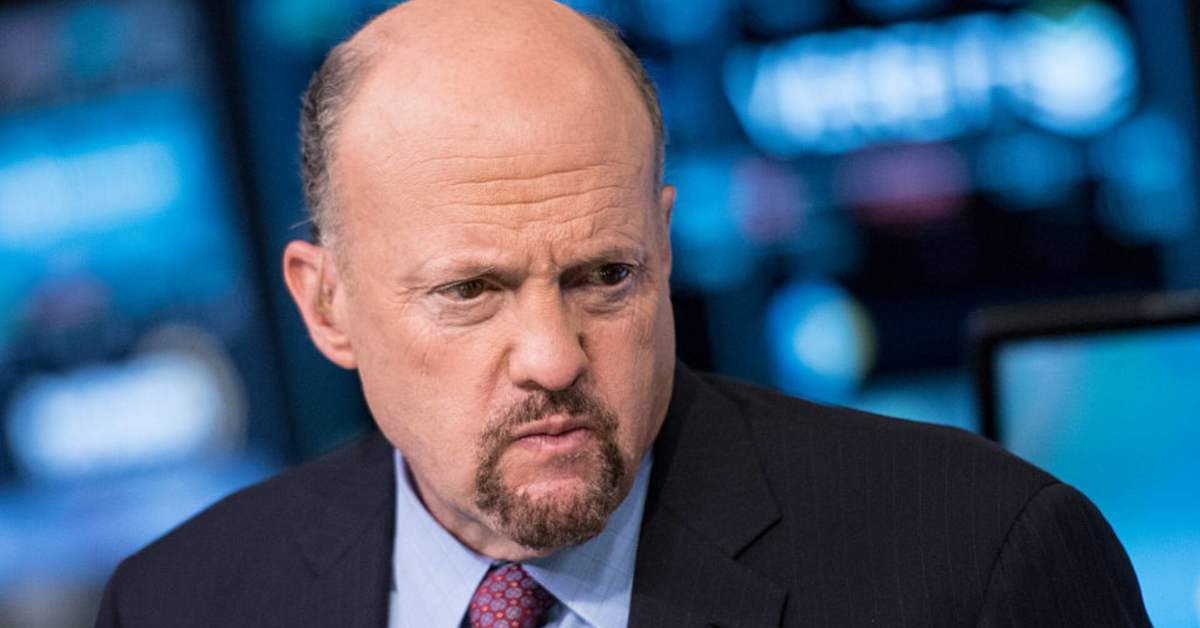The escalating trade tensions between the United States and China have created an unprecedented economic battleground, with tariffs reaching as high as 245% on Chinese imports while China has retaliated with 125% tariffs on American goods. In this high-stakes environment, CNBC’s Jim Cramer has identified Amazon as a potential “secret weapon” for President Trump’s tariff strategy against China. The e-commerce giant, with its massive marketplace of approximately two million sellers and extensive supply chain networks, finds itself at the center of a complex trade war that could reshape global commerce.
Amazon’s unique position in the US-China trade conflict stems from its dual role as both a major importer of Chinese goods and a platform that could help American businesses reduce their dependence on Chinese suppliers. The company’s vast logistics network and marketplace infrastructure provide it with unprecedented leverage in negotiations with Chinese manufacturers and suppliers. As Cramer noted, Amazon’s ability to influence supply chains and pricing makes it a formidable force in the ongoing trade dispute.
The implications extend far beyond simple tariff calculations. Amazon’s strategic decisions about inventory management, supplier relationships, and pricing policies could significantly impact the effectiveness of Trump’s trade policies. With the company’s forward-purchasing strategies and proactive inventory stocking by third-party sellers, Amazon has demonstrated its ability to navigate tariff uncertainties while maintaining competitive pricing for consumers. This positioning makes the company an invaluable ally in America’s economic confrontation with China.
Amazon’s Strategic Response to Tariff Pressures
Amazon CEO Andy Jassy revealed that despite extensive tariffs, the company has successfully avoided significant price increases through strategic planning and inventory management. The company engaged in substantial forward purchasing several months ahead of tariff implementations, while many of its third-party sellers also proactively stocked up on inventory to circumvent uncertainties surrounding tariff adjustments.
This proactive approach has allowed Amazon to maintain competitive pricing while other retailers struggle with increased costs from Chinese imports. Jassy emphasized that the diversity within Amazon’s marketplace creates a competitive environment where some sellers might transfer tariff costs to consumers, while others choose to capture market share without increasing prices.
Supply Chain Vulnerabilities and Opportunities

Cramer has highlighted significant supply chain risks that Amazon faces due to tariff disruptions, particularly concerning inventory tied to Chinese suppliers. He suggested that ongoing negotiations between the US and China have left many Amazon products in limbo, with branded items potentially delayed as the company navigates complex trade negotiations.
The situation presents both challenges and opportunities for Amazon. While some inventory linked to Chinese suppliers may face delays, the company’s vast network of global suppliers provides alternative sourcing options that could reduce dependence on Chinese manufacturing.
Market Dynamics and Competitive Advantages
Amazon’s dominant market position gives it substantial pricing power and negotiating leverage in the current trade environment. Cramer has noted that Amazon holds significant advantages in negotiations with suppliers and competitors, describing the company as “the dominant force” in many market segments.
The company’s artificial intelligence capabilities and technological infrastructure further strengthen its position in adapting to changing trade conditions. Jassy has described generative AI as “the most transformative technology of our lifetime,” indicating Amazon’s commitment to leveraging technology to maintain competitive advantages amid trade uncertainties.

